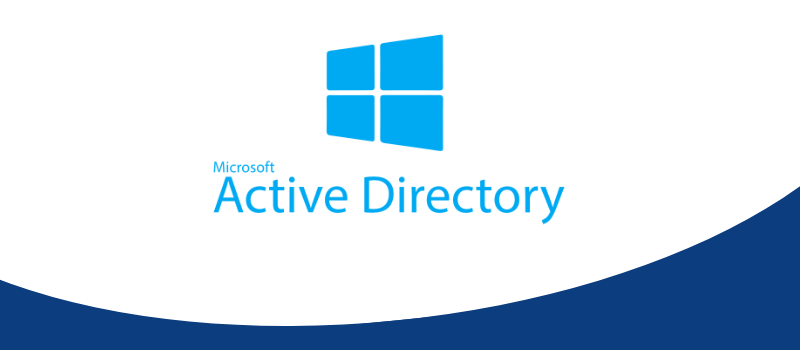Active Directory Domain Services

! NOTICE! Due to the nature of github pages, this page remains a draft until 9/20/24.
Writeup summarizing my learning experience with Active Directory.
Table of Contents
┌──❀̥˚───────────────────────────────────────────────❀̥˚─┐
AD Overview
✧. ┊ tbd ✧ tbd ✧ tbd ┊ .✧
ೃ⁀➷ What is Active Directory?
Active Directory is a Microsoft database tool that allows companies to manage their IT infrastructure and can manage users, objects, domains, devices, and groups. AD DS allows for a hierarchical directory and a way for network admins to apply configuration and security settings for user accounts easily.
- Schema: Definitions of object types and attributes for objects
- Domain: Contains objects like users and computers. Shares network configuration.
- Domain Tree: Collection of domains that have a root and DNS namespace (hierarchical tree)
- Forest: A collection of 1+ domains that have the same root, schema, and global catalog
- OU: Organizational Unit is a container object that holds users, groups, and computers. Links GPOs (Group Policy Objects). They can represent an org’s organizational chart and also nest inside of each other.
- Container: Object for organization. Can not link GPOs. OUs cannot be created within a container.
- User Account: All users that need access to network resources should have a user account which can authenticate to the AD DS domain in order to access the resources. User accounts have a username, password, and groups. User objects can be created or managed with the AD Administrative Center, AD Users and Computers, Windows Admin Center, PowerShell, or dsadd.
- Managed Service Accounts: Services that run at startup or other events and don’t require user interaction can use a service account to start up and authenticate.
- Groups: Group users together to easily assign permissions and rights. Security groups are security enabled. Distribution groups are not security enabled, and can be used for email applications. Groups also have a scope such as local (local workstation), domain-local (all workstations in local domain), global (for a department or specific geographic location), and universal (assign anywhere in forest).
- Objects: Contains objects like users, computers, servers, clients, hardware, shared files/folders, etc
dsa.msc is the command to open AD Users and Computers
Net user is a built in Windows command to manage and create users. EX: net user yukisbytes P@ssw0rd /add or net user yukisbytes to view information.
gpupdate is the command to update group policy
INCLUDE A DIAGRAM OF AD HIERARCHY (forest, tree, domain, OU, users, computer, etc)
└───❀̥˚───────────────────────────────────────────────❀̥˚┘
Comments